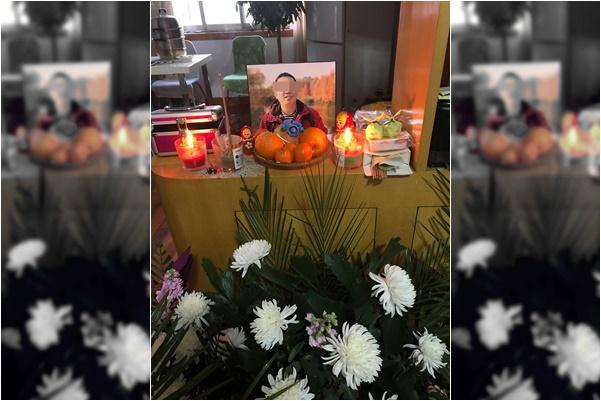Official data shows more than 150,000 elderly people disappeared from the name list of old age benefit recipients in Hubei Province in the first quarter of 2020, according to a report by Radio Free Asia (RFA). Some local residents speculated that the shortened list could be due to COVID-19-related deaths.
Citing statistics from the Hubei Department of Civil Affairs, RFA reported that more than 150,000 people vanished from a list of the elderly who were 80 years old or above (the criteria was 75 years old for the Shennongjia forestry region in the province) and receiving government benefits in the first quarter of 2020.





